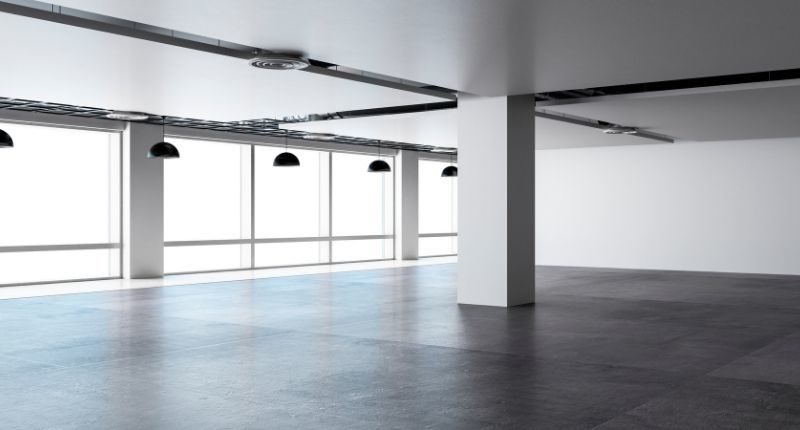- Most office markets are recovering - however in Sydney and Melbourne this is far from the truth
- Sydney's market is starting to decline, according to Herron Todd White
- In Melbourne, the market is in a declining phase
Herron Todd White has revealed its “property clock” across different types of property for the month ending December.
The clock is used to indicate at what stage of the property market certain geographic areas are in.
Recently, The Property Tribune reported on Herron Todd White’s property clock for the residential market – which is mostly in either a rising market or approaching peak stage.
Notably, most markets are at the start of the recovery phase, with other areas represented at each stage of the market.

However, the report notes the two largest markets – Sydney and Melbourne – are starting to or are declining.
Given the report was published late December it does not take into account the recent wave of Omicron across virtually every state and territory.
Sydney

“2021 has been a very interesting year for the office sector, particularly within the Sydney CBD,” said Herron Todd White director, Scott Russell.
Mr Russell noted that while lockdowns significantly impacted rents with high vacancy rates recorded, on the other hand, demand has never been so strong, particularly in the strata market. He said this paints a “particularly awkward overall picture”.
“With acquisitions (by the state government to build a core city precinct) now underway, the withdrawal of these properties is already having a positive impact on the value of strata stock particularly, as displaced owners look to re-purchase in what was already a very tightly held market.
“Strata office stock in the city core is now regularly exceeding $16,000 per square metre, with some sales achieving well over $20,000 per square metre.”
“Looking back on our thoughts coming into 2021, many of us naively thought we had seen the worst of the Coronavirus in Sydney, with restrictions eased and vaccinations arriving in February.
“This was obviously far from the reality of 2021, with a 107-day lockdown in our future and a return to required work from home restrictions for most office workers.
“While we may have been somewhat confident in how the CBD office market would perform, we have found this to be generally true, but potentially for unexpected reasons.
“While we may have assumed that rents would improve throughout 2021, it looks like this will now be the challenge for the sector as we head into 2022.”
Melbourne

Melbourne’s office market was unsurprisingly hit the hardest by the pandemic, with rising vacancy rates across all office classes.
Melbourne’s CBD overall saw the office vacancy rate rise from 8.4% to 10.4% during the six months to 1 July 2021. For Premium grade this is 7.5%, 11.7% for A grade and 12% for B grade.
Incentives have subsequently increased, now between 30% and 40%.
Outside of Melbourne’s CBD, the St Kilda Rd office market saw the vacancy rate increase from 12.9% in January 2021 to 16.3% as of July 2021.
The A grade vacancy rate, in particular, has risen sharply from 9.9% to 17.5% during the same period. Notably, B grade remains relatively stable at 10.6%. This trend has also been observed across the Southbank and Docklands precincts.
“For the most part, where leases are expiring in the current market, tenants and landlords are choosing to extend leases for a short term 12 month period or continue on a month to month basis at sometimes discounted rents,” said Herron Todd White valuer James Feeney.
“Like the CBD, incentives for medium to longer term deals have increased significantly, in some case 35 per cent to 40 per cent net where newly constructed buildings have high levels of vacancy on completion.
“As the CBD vacancy rates rise, along with incentives, we expect to see a flight to quality out of the suburbs and fringe CBD locations and into the high quality CBD office space on offer for roughly the same total occupancy cost. This is a typical occurrence whenever CBD vacancy rates increase.”
Mr Feeney suggested that secondary office stocks, such as C and D grade office space, will continue to see vacancies for an extended period.
“It is possible that we will see many of these types of buildings being repositioned for alternate uses such as residential,” he concluded.








